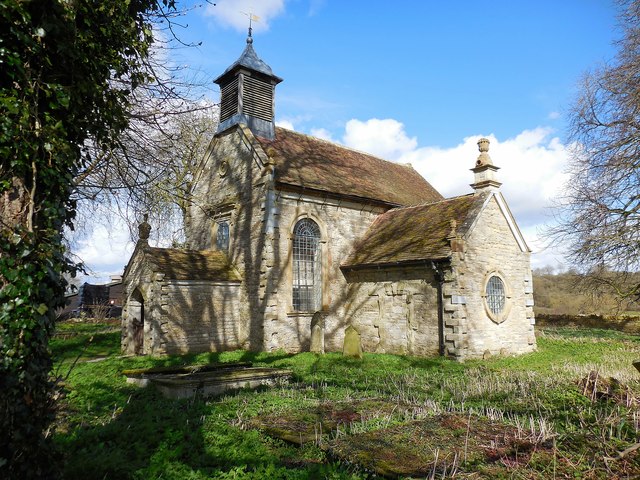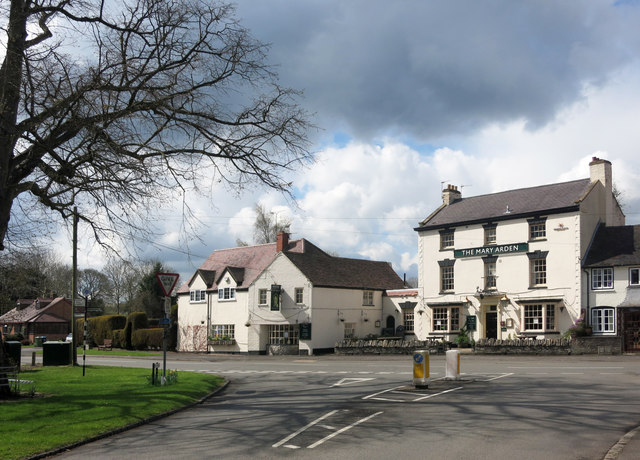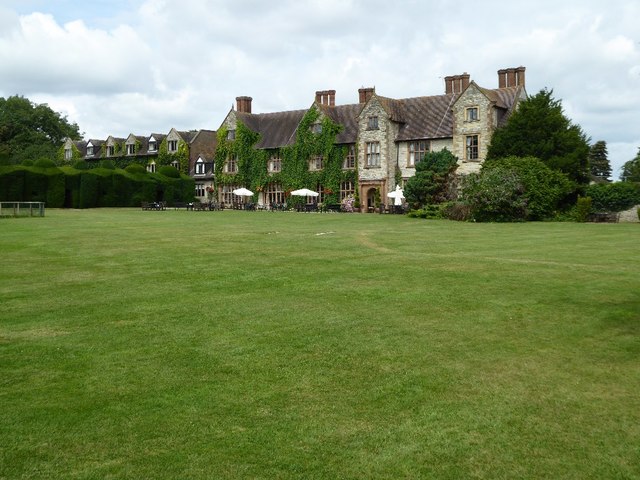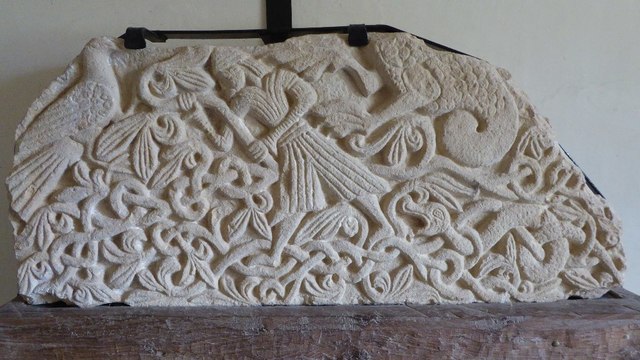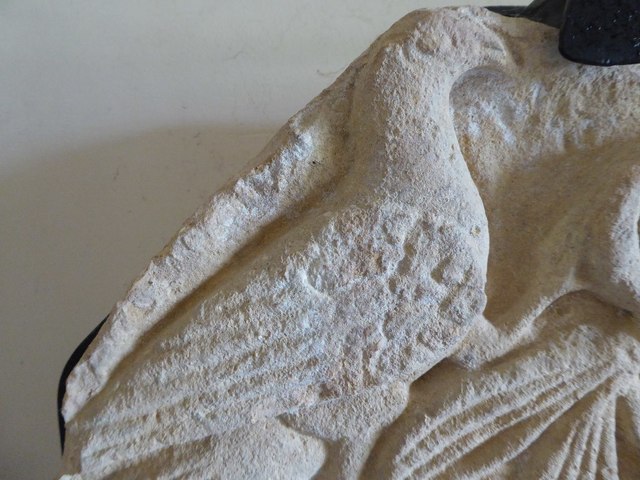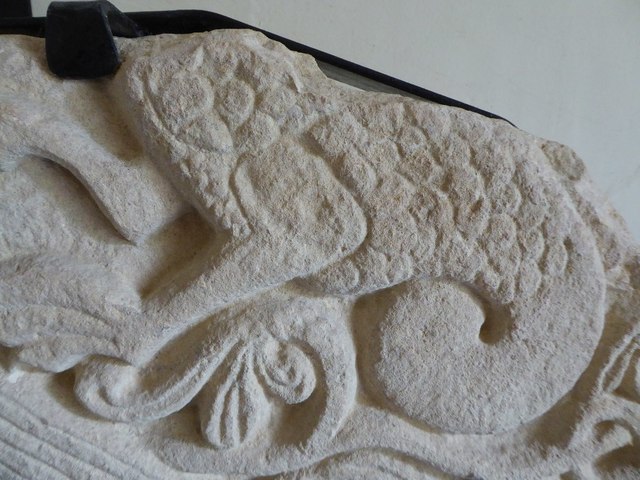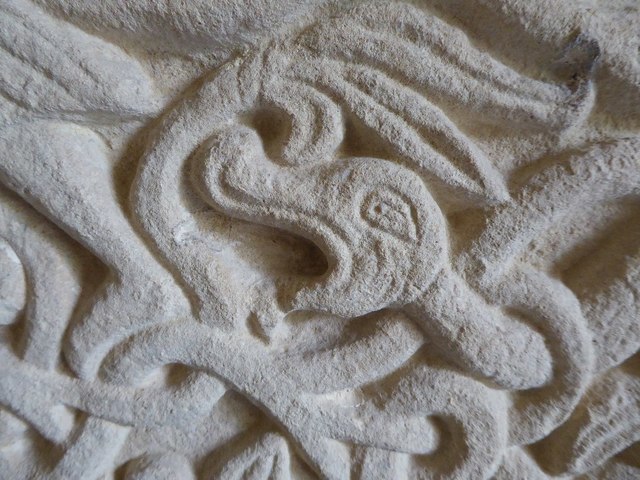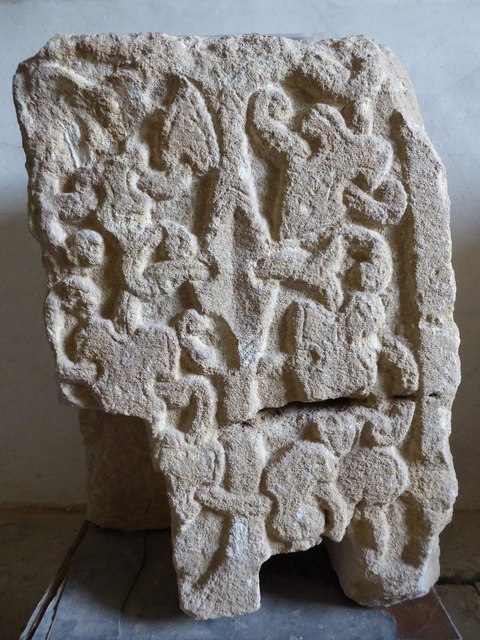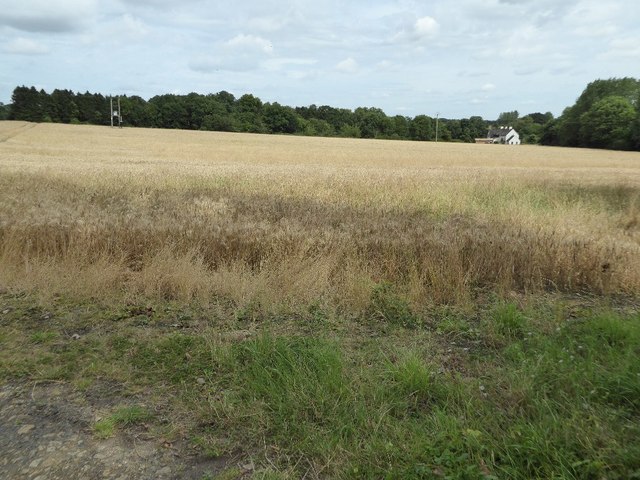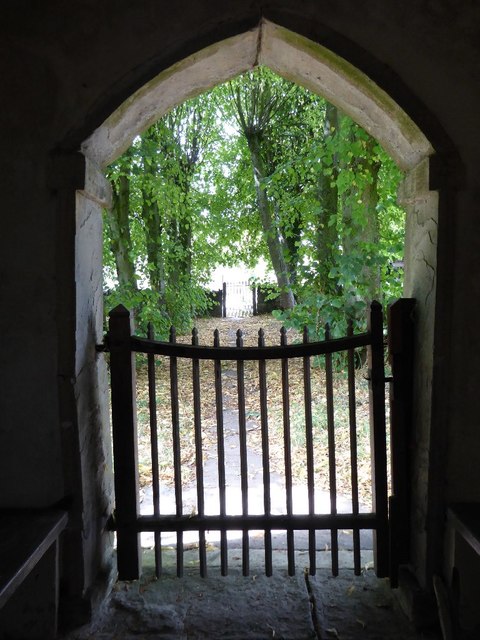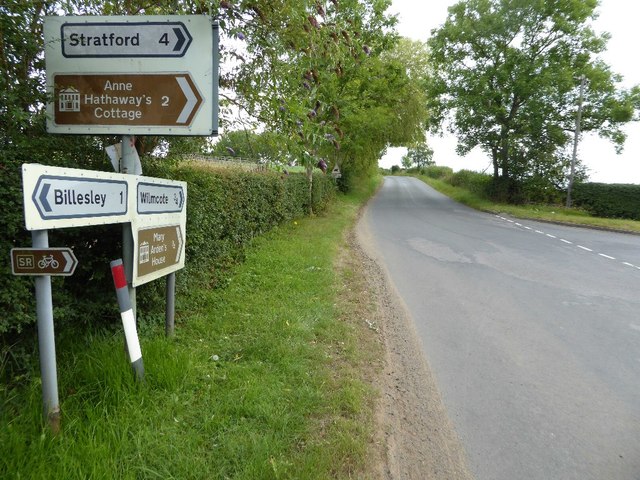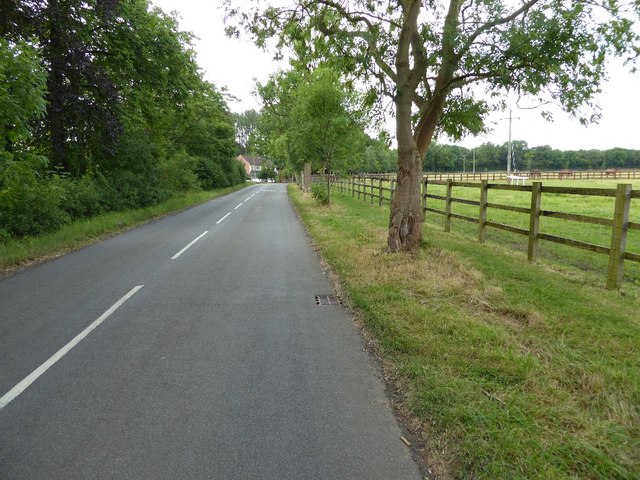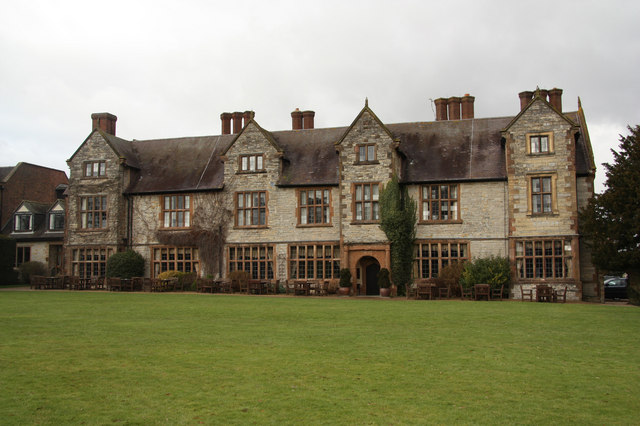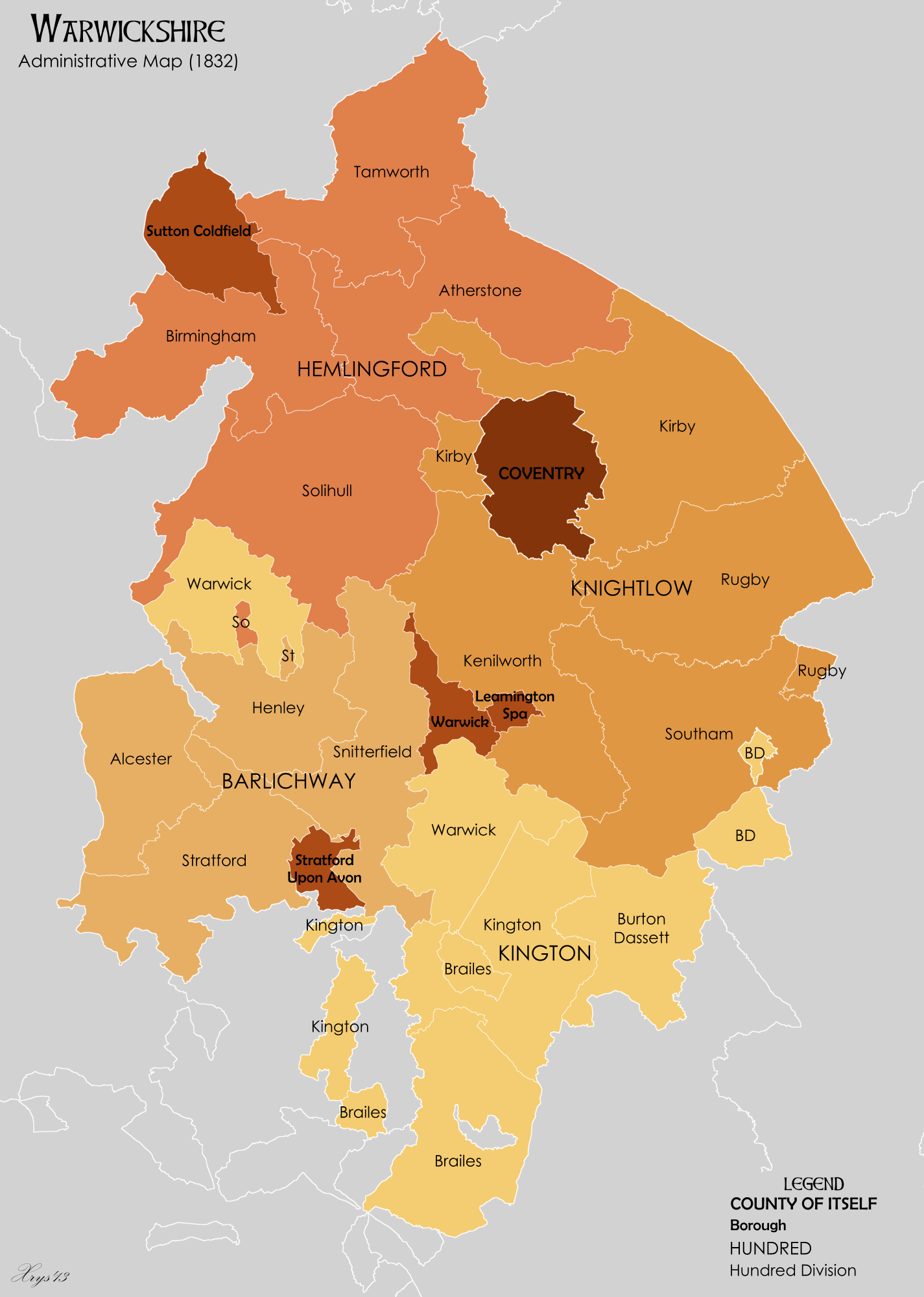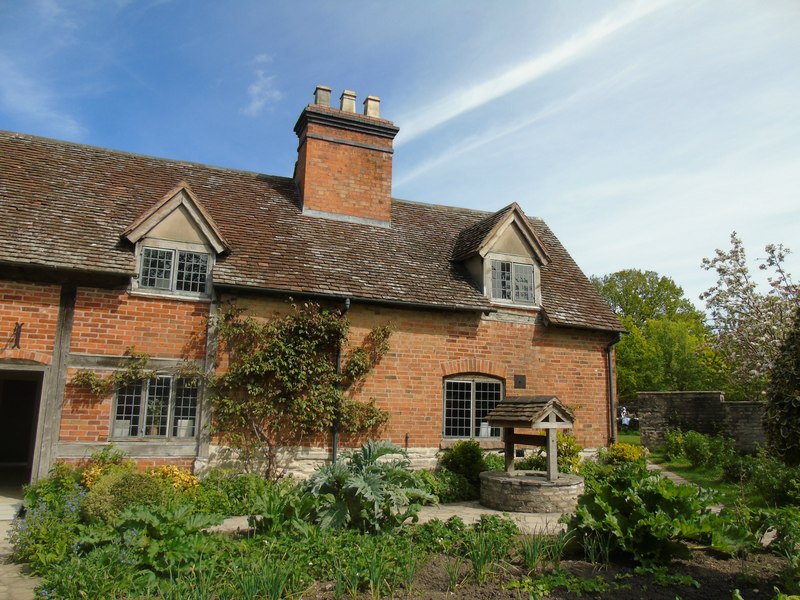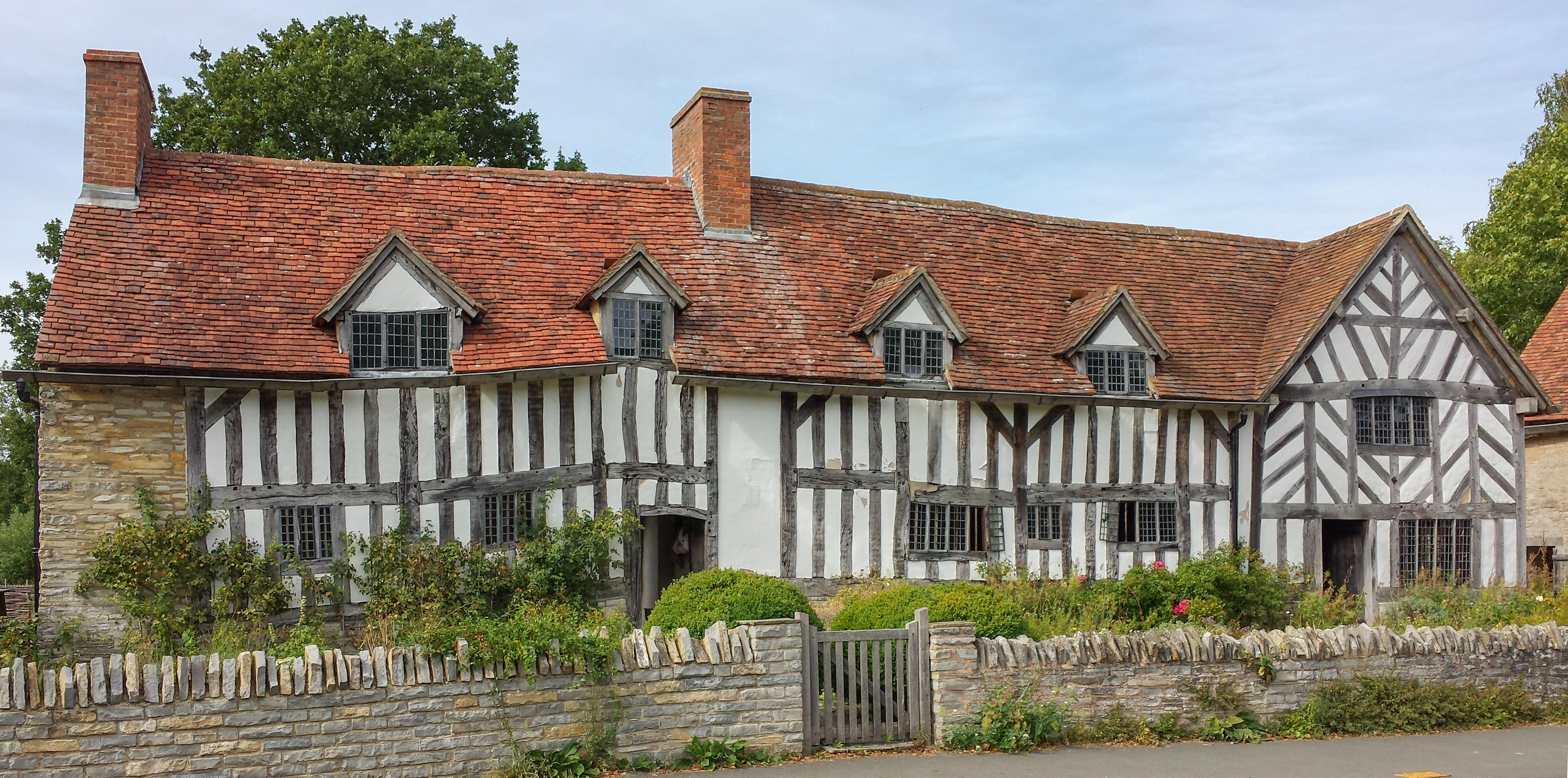Billesley Brake
Wood, Forest in Warwickshire Stratford-on-Avon
England
Billesley Brake
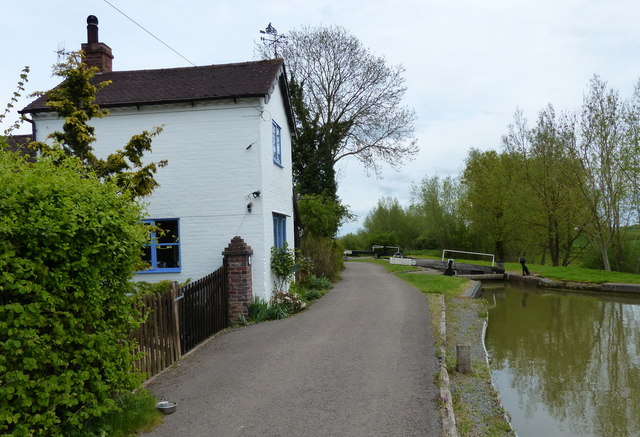
Billesley Brake is a beautiful woodland area located in Warwickshire, England. Nestled in the heart of the county, this forest is a haven for nature enthusiasts and those seeking a tranquil escape from the hustle and bustle of city life.
Covering an area of approximately 200 acres, Billesley Brake boasts a diverse range of trees and plant species, creating a rich and vibrant ecosystem. The dominant tree species in the woodland are oak, birch, and beech, lending a majestic and timeless feel to the landscape. The forest floor is adorned with a carpet of ferns, bluebells, and other wildflowers, adding bursts of color to the scenery throughout the year.
The forest is crisscrossed by a network of well-maintained footpaths, allowing visitors to explore the area and take in the sights and sounds of nature. These paths lead to several small ponds, which are home to a variety of aquatic life, including frogs, newts, and dragonflies. The ponds also attract a wide range of bird species, making it a popular spot for birdwatching.
Billesley Brake is not only a place of natural beauty but also holds historical significance. The forest has been in existence for centuries and was once part of a vast hunting ground. The remnants of ancient hunting lodges and deer parks can still be found within the woodland, providing a glimpse into its past.
With its tranquil atmosphere, diverse wildlife, and rich history, Billesley Brake is a cherished natural gem in Warwickshire. Whether you are seeking a peaceful stroll, a birdwatching adventure, or a glimpse into centuries-old history, this woodland sanctuary has something for everyone.
If you have any feedback on the listing, please let us know in the comments section below.
Billesley Brake Images
Images are sourced within 2km of 52.204461/-1.7755452 or Grid Reference SP1556. Thanks to Geograph Open Source API. All images are credited.
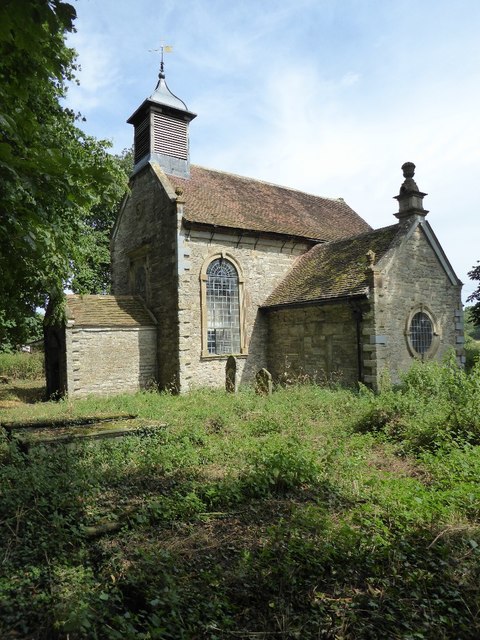
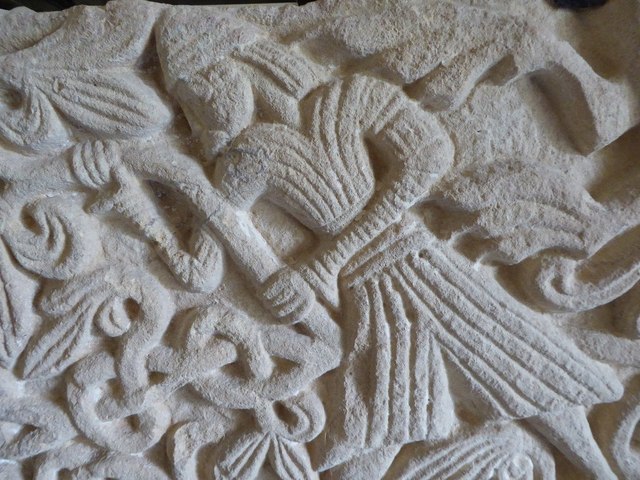
Billesley Brake is located at Grid Ref: SP1556 (Lat: 52.204461, Lng: -1.7755452)
Administrative County: Warwickshire
District: Stratford-on-Avon
Police Authority: Warwickshire
What 3 Words
///overused.engineers.engineers. Near Wilmcote, Warwickshire
Nearby Locations
Related Wikis
Billesley, Warwickshire
Billesley is a village and civil parish in the Stratford district of Warwickshire, England, between Stratford and Alcester. According to the 2001 Census...
All Saints Church, Billesley
All Saints Church is a redundant Anglican church in the village of Billesley, Warwickshire, England. It is recorded in the National Heritage List for...
Barlichway Hundred
Barlichway Hundred or Barlinchway Hundred was a historic hundred of the county of Warwickshire in England. It covered the west of the county, including...
Mary Arden's Farm
Mary Arden's Farm, also known as Mary Arden's House, is the farmhouse of Mary Shakespeare (née Arden), the mother of Elizabethan playwright William Shakespeare...
Wilmcote
Wilmcote is a village, and since 2004 a separate civil parish, in the English county of Warwickshire, about 3 miles (5 km) north of Stratford-upon-Avon...
Wilmcote railway station
Wilmcote railway station serves the village of Wilmcote, about 4 miles (6.4 km) north of Stratford-upon-Avon in Warwickshire, England. The station is run...
Binton
Binton is a village and civil parish in the Stratford district of Warwickshire, England. It is about five miles (8.0 km) west of Stratford-upon-Avon. According...
St Peter's Church, Binton
St Peter's Church is the Anglican church in the village of Binton in Warwickshire. == History == There has been a church on the site since at least 1286...
Nearby Amenities
Located within 500m of 52.204461,-1.7755452Have you been to Billesley Brake?
Leave your review of Billesley Brake below (or comments, questions and feedback).
